Core Strengthening In Under 10 Minutes
By Aaron Woolley, Physiotherapist.
So many of us want that super strong core but struggle to find the time for a core strengthening program, including me. Well today you’re in luck because I have developed and willing to share an excellent core program I have developed to achieve a killer core in minimal time, and I use it myself. The purpose of this core program is build an incredibly strong and functional core not just that elusive 6 pack.
This program is suitable for almost everyone, ranging from the weekend warrior to athletes such as runners, swimmers, cyclists, footballers and golfers. I have put a lot of thought into this core program, making sure in flows with ease going from prone to side to supine, as well as making sure it includes key concepts like plank holds, torso flexion/extension, rotation and anti-rotation.
For those people out there trying to build your core strength after an injury (e.g. back injury) I haven’t forgotten you either. Once you are past the acute stage of your injury and cleared by your Physio the beginner stage should be suitable for you provided you have the adequate core and lumbar control. But please beware as the advanced and expert phases have not been designed for people with a history of lumbar spine injuries.
Disclaimer: There are components in these programs that require a significant amount of core and lumbar spine control. You must be able to maintain a neutral spine through these exercises otherwise you are risking injury (e.g. lumbar disc injury). The advanced and expert levels are only designed for highly fit and strong individuals with no history of back injuries. If this is not you please don’t attempt those levels. I would recommend you seek advice from the Physiotherapists at Robina Physio on the Gold Coast or your local health professional (Physio, GP, Chiro or Osteo) before attempting this as you may need some instruction about how to engage your core and pelvic floor muscles properly and maintain a neutral spine.
Beginner
This level is suitable for people who are new to core training or starting a rehab program that involves specific core strengthening.
To complete this program do 2-3 sets of 10 repetition of each exercise.
1. Plank Knee Drops
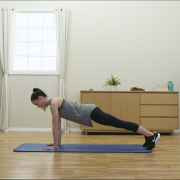
Starting on your hand and knees, engage your pelvic floor and core muscles.
Transition to the position pictured with control (hand and feet).
Hold for a few seconds and return to the starting position, then repeat.
2. Bird-Dog
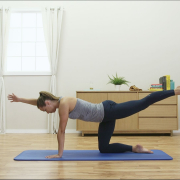 Starting on your hands and knees.
Starting on your hands and knees.
Engage your pelvic floor and core muscles ensuring you maintain a straight line from your head to your hips.
Raise your arm up and extend your opposite leg back, then lower them to the ground. Then swap sides and repeat.
3. Side Plank (Knees) with Leg Lift
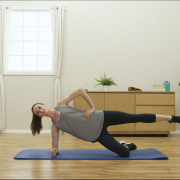
Lying on your side with your elbow under your shoulder, bottom leg bent at 90 degrees and top leg straight.
Maintain your shoulder position and keep your hips facing forward, lift your hips into the air. Hold this static position while doing the leg lifts
Then slowly lift your upper leg up and down for the prescribed reps. Then repeat on the other side.
4. Dead-Bug
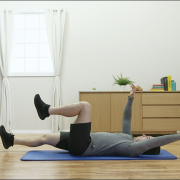
Start by laying on your back with your hips and knees bent at 90 degrees and arms raised above your shoulders.
While maintaining control of your core and spine slowly extend one arm above your head and lower your opposite leg towards the floor. Then repeat on the other side.
The lower you drop your leg/arm to the ground the harder the exercise.
5. Glut Bridge
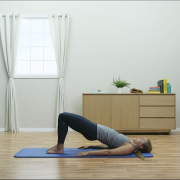
Start by laying on your back with your arms by your side and knees bent.
Engage your core and gluts.
Slowly lift your hips off the ground.
Intermediate
This level is suitable for people who have an active lifestyle and no back injuries. You should be able to hold a plank on your feet for 30-40 seconds to have success with this level.
To complete this program do 3-4 sets of 10 repetition of each exercise.
1. Plank Walk Ups
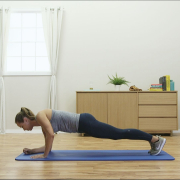
Start in a plank position on your elbows and feet. (If on feet is too hard can adapt to plank on elbows and knees).
Maintaining your body control push up onto your hands (one at a time).
Then slowly lower back down to your elbows and repeat.
2. Mountain Climbers
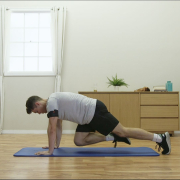
Start in a plank position on your hands and knees.
Keeping your core and upper body controlled lift one leg off the ground and slowly bring your knee to your chest.
Return your leg to the starting position and repeat on the other leg. Repeat for the prescribed reps.
3. Side Plank with Arm Lifts
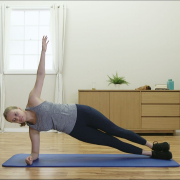
Start in a side plank position on your elbow (or hand) and feet. If feet is too hard adapt to knees.
Maintaining your shoulder and body position, slowly lift your upper arm from your hip to above your head. Then return arm to hip and repeat.
Complete prescribed repetitions on both sides.
4. Windscreen Wiper (Knees Bent)
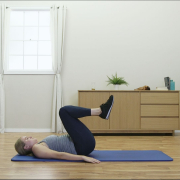
Laying on your back with arms by your side and knees and hips bent at 90 degrees.
Keeping your head on the ground and core/pelvic floor engaged slowly lower your legs to the side. Then bring them back to the centre and lower to the other side. 1 x left + 1 x right = 1 repetition.
The lower your legs go the harder this exercise is. Control is the key so don’t push it too far.
5. Russian Twist
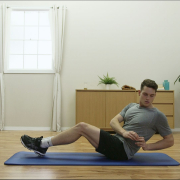
Start sitting on the ground with you knees bent and heels on the floor.
Slightly lean your torso back maintaining good posture.
Slowly rotate your upper body to the left and right.
1 x left + 1 x right = 1 repetition.
NOTE: If you have a history of lumbar spine injuries swap this for a single leg glut bridge.
Advanced
This level is suitable for people who have a long history of physical activity and train regularly. You should be able to do 5+ push ups on your feet to have success with this level.
To complete this core strengthening program do 3-5 sets of 10 repetition of each exercise.
Only attempt this level if you have excellent core strength, can maintain a neutral spine and have no history of back injuries.
1. Commando Push Up
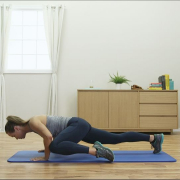
Start in a push up position (Hands and feet).
Lower your body to the ground while simultaneously bringing one knee to your elbow. Then return to start position.
Repeat lifting the opposite leg each repetition. Ensure you maintain you body control while lifting your legs.
2. Pike with Alternating Legs
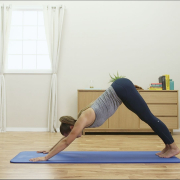
Start in a plank position with one leg raised in the air.
Keep your core engaged, spine and arms straight push through your hands lifting your hips into the air.
Lower your body back to start position, swap legs and repeat for the prescribed reps.
(Note: Picture is showing pike with 2 legs on ground. You should only have 1 leg on the ground at a time.)
3. Side Plank Twists
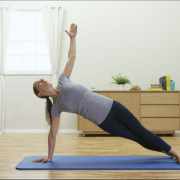
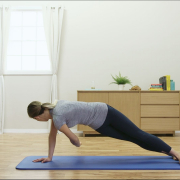
Start in a side plank position on your hand and feet with one foot in front of the other. Top hand is raised to the ceiling .
Maintaining your body position rotate your upper body your upper arm under your opposite arm pit.
Return the start positions and repeat. Do on both sides.
4. Windscreen Wipers (Legs Straight)
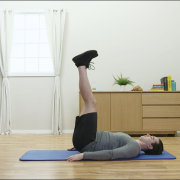
Start by laying on your back with your arms by your side and legs extended straight towards the ceiling.
Maintaining your core control and keeping your head on the ground slowly lower your legs to the side. Then return your legs to the centre and repeat lowering to the opposite side.
5. Bicycle Crunch
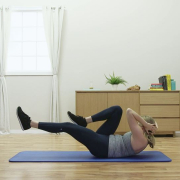
Laying on the ground with legs straight just off the ground and hands behind your head.
Slowly crunch and twist bringing your opposite elbow and knee together. Repeat this movement on the opposite side.
1 x left + 1 x right = 1 repetition.
Expert
This level is only suitable for incredibly strong and physically fit people that have a long history of physical activity and train over 3-4 times per week. You should be able to do at least 10-15+ push ups on your feet to have success with this level.
To complete this core strengthening program do 4 sets of 30 seconds on / 15 seconds off (45 second round) for each exercise.
Only attempt this level if you have excellent core strength, can maintain a neutral spine and have no history of back injuries.
1. Commando Push Up with Clap

Start in a push up position (Hands and feet).
Lower your body to the ground while simultaneously bringing one knee to your elbow, then return your leg to the ground.
Explosively return to start position and clap your hands together.
Repeat lifting the opposite leg each repetition. Ensure you maintain you body control while lifting your legs.
2. Plank with Arm/Leg Reaches
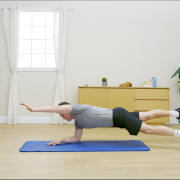
Start in a plank position on elbows and feet.
Maintaining your body position, extend one arm in front above your head and lift the opposite leg into the air.
Return to start position and repeat on opposite side.
3. Side Plank Twist with Elbow to Knee

Start in a side plank position on your hand and feet with one foot in front of the other. Top hand is raised to the ceiling .
Maintaining your body position rotate your upper body your upper arm under your opposite arm pit.
At the top position touch your upper elbow and knee together. Return to start position and start next repetition. Return the start positions and repeat. Do on both sides.
4. Reverse Crunch to Wiper
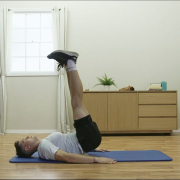
Start by laying on your back with arms by your side on the ground. Your legs should be straight just above the ground.
Maintaining your core and keeping your head on the ground lift your legs up to the ceiling.
Then slowly lower your legs to the right and left, followed by returning to the start position.
5. Toe Touches
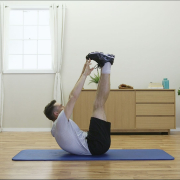
Start by laying on your back with arms extended towards the ceiling. Your legs should be straight just above the ground.
Keeping your arms straight, engage your abdominal muscles to raise your upper body off the floor, trying to touch your toes with your fingers, then lower to the start position.
Progression: Alternate touching opposite hand and foot together. Don’t attempt if you have a history of lumbar disc issues. Swap in a bicycle crunch instead and make sure you maintain a neutral spine.
I hope you enjoy this core strengthening program. If you would like some help developing a personalised core strengthening routine the Physio’s at Robina Physiotherapy on the Gold Coast are here to help. Contact us on (07) 5578 7233 or BOOK ONLINE.
Image credit: Telehab.
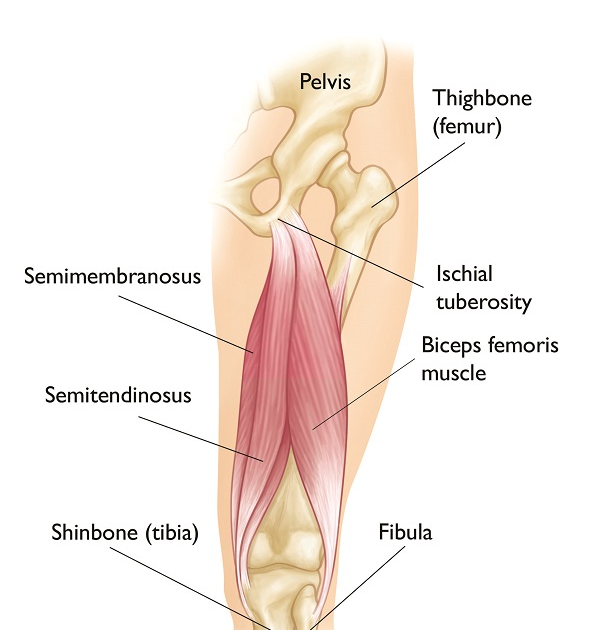 The majority of hamstring tears occur during high speed running. The remaining typically occur from a stretching mechanism. Combine the two (e.g. in a footballer), then you have a recipe for higher hamstring injury rates.
The majority of hamstring tears occur during high speed running. The remaining typically occur from a stretching mechanism. Combine the two (e.g. in a footballer), then you have a recipe for higher hamstring injury rates.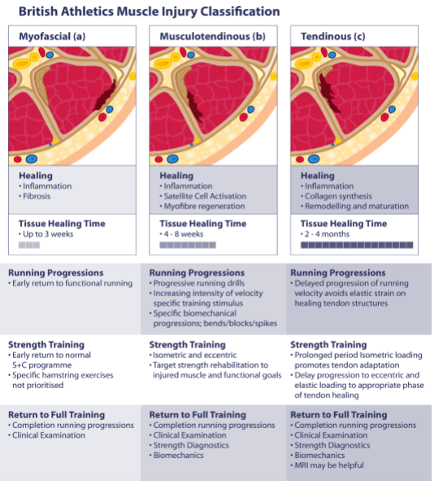 Like many medical condition/injury prevention is far better than cure. Thankfully there is one specific exercise that can be easily incorporated into your training routine, it’s called the Nordic Drop Out. Doing this one key exercise as 3 x 5-8 reps twice weekly has been shown to reduce acute hamstring injuries by up to 51%.
Like many medical condition/injury prevention is far better than cure. Thankfully there is one specific exercise that can be easily incorporated into your training routine, it’s called the Nordic Drop Out. Doing this one key exercise as 3 x 5-8 reps twice weekly has been shown to reduce acute hamstring injuries by up to 51%.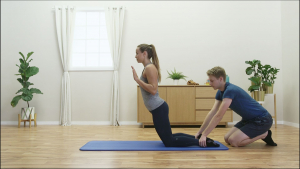
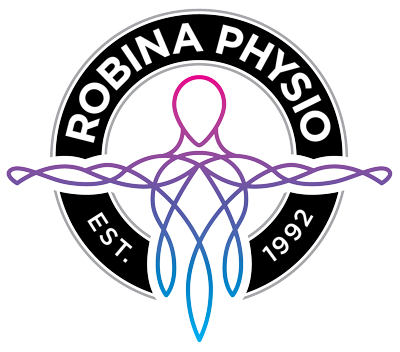
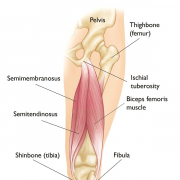


 Starting on your hands and knees.
Starting on your hands and knees.
















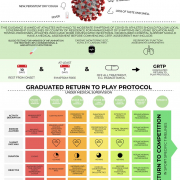
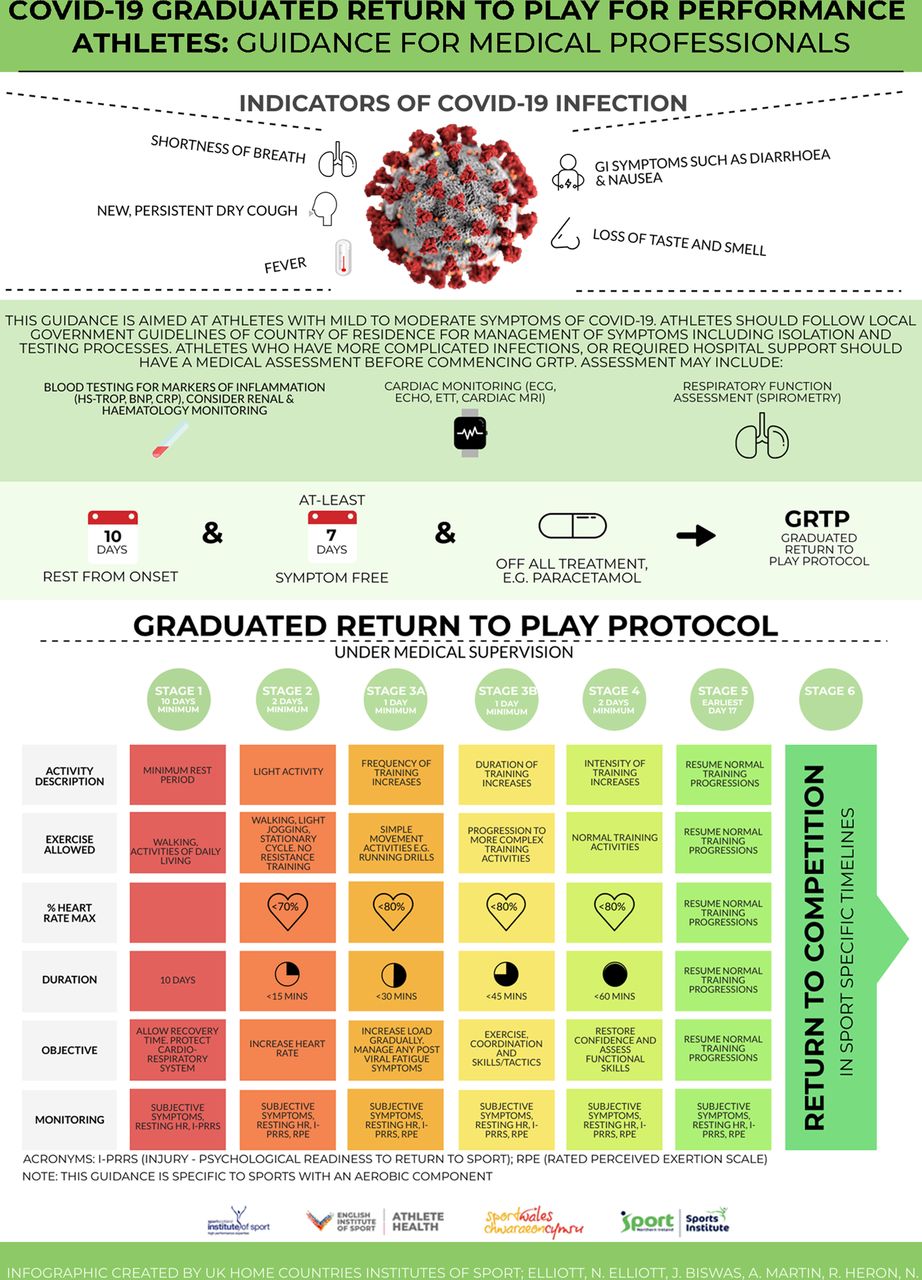 Figure 2 Adapted from Elliot et al 2020
Figure 2 Adapted from Elliot et al 2020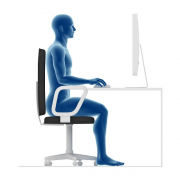
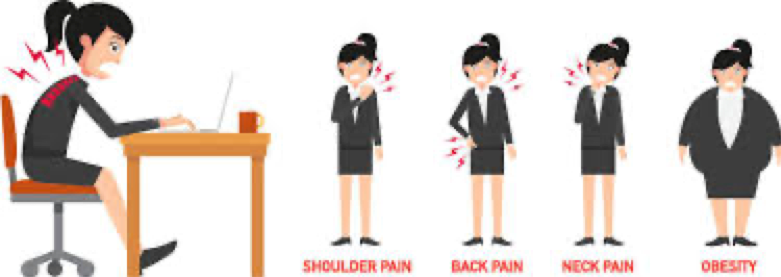
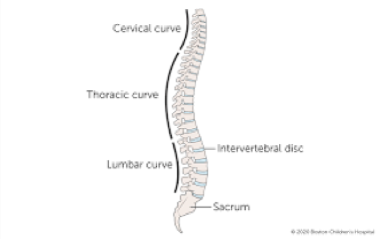
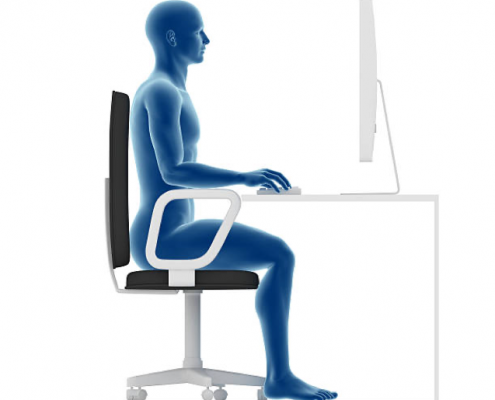
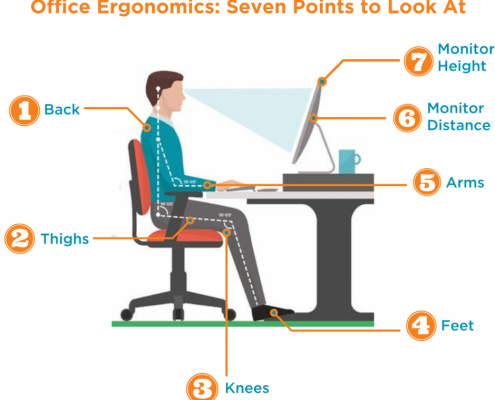

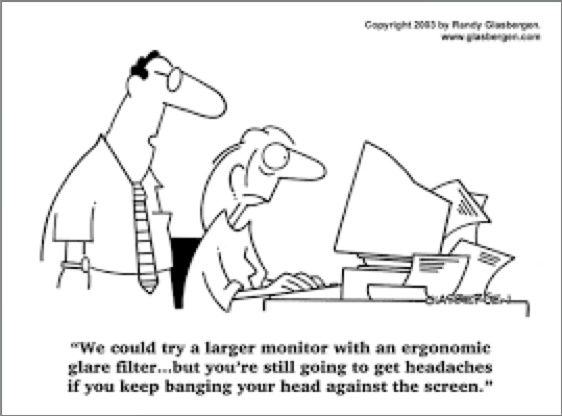

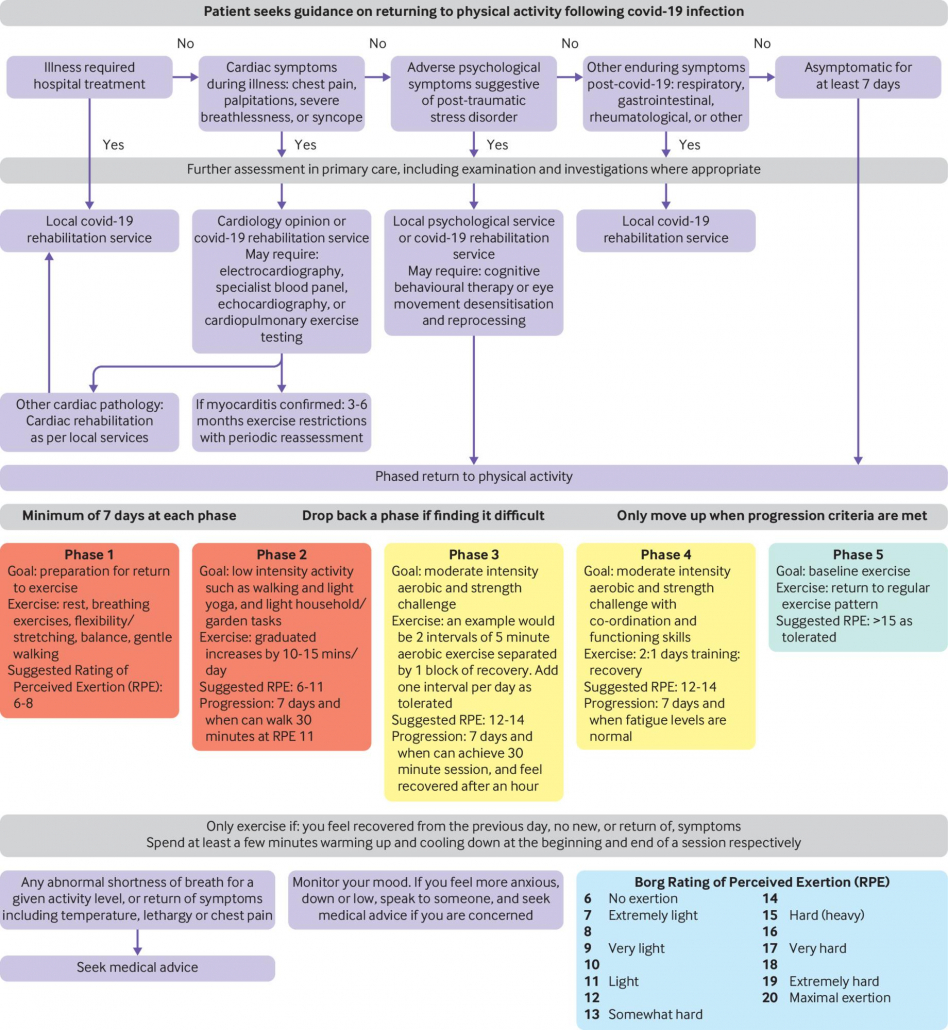



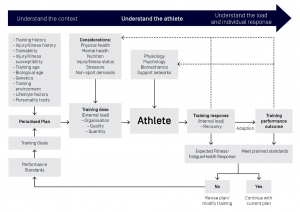
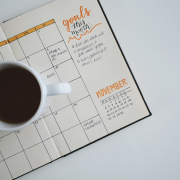
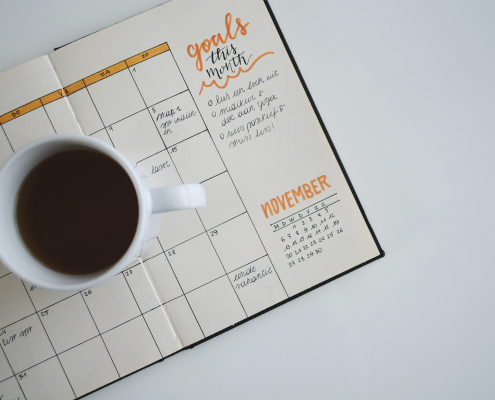

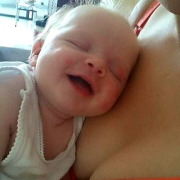
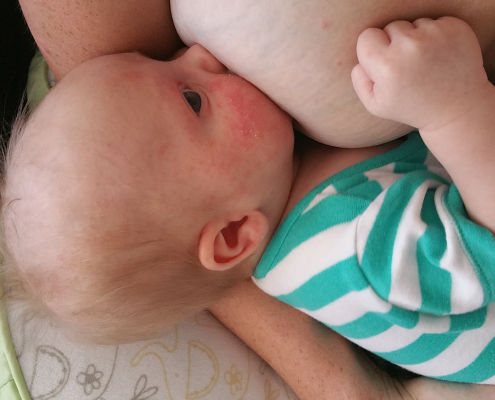
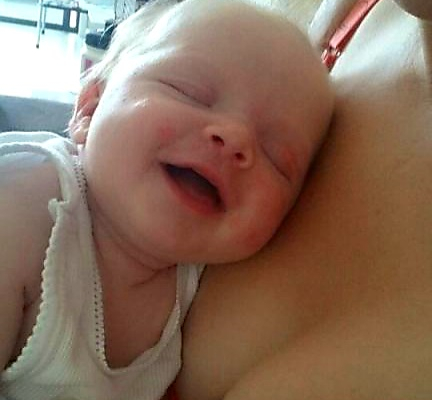
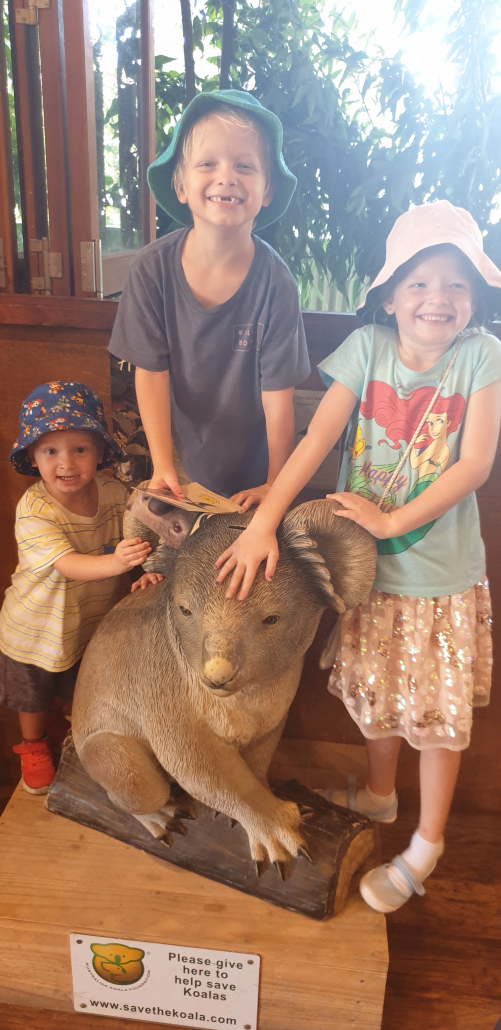
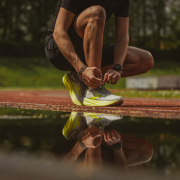
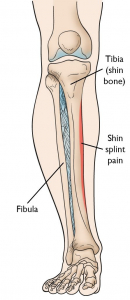
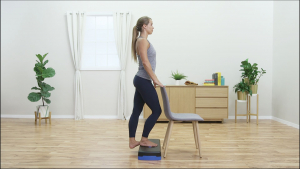
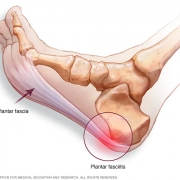
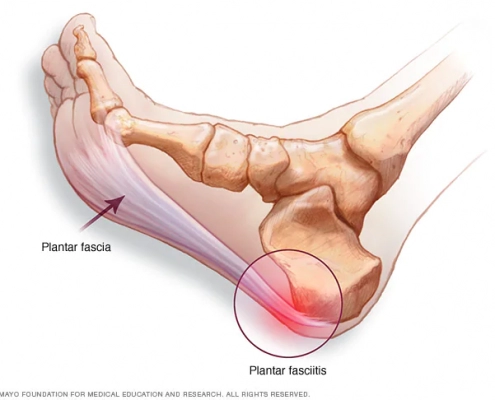
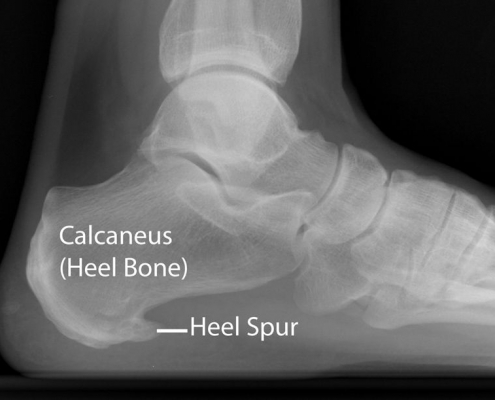
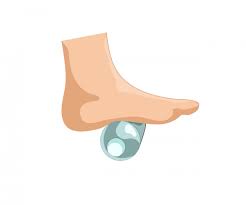 Technique correction and return to running advice
Technique correction and return to running advice